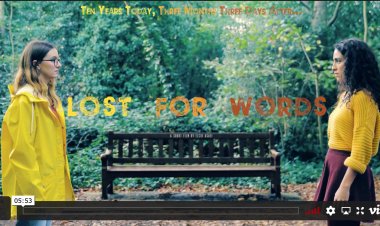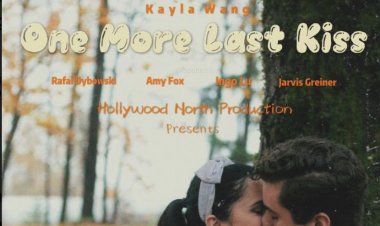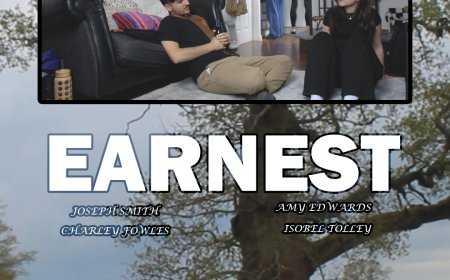Budgeting a short film: the dos and don'ts
Budgeting a short film can be a daunting task, but with proper planning and organization, it is possible to create a high-quality film within a limited budget. Here are some tips to help you budget your short film effectively.
Budgeting a short film can be a daunting task, but with proper planning and organization, it is possible to create a high-quality film within a limited budget. Here are some tips to help you budget your short film effectively:
-
Create a detailed script: Before you can begin budgeting, you need to have a clear idea of what your film will involve. Write a detailed script that includes all the scenes, locations, and characters, as well as any special effects or equipment that will be needed. This will help you to estimate the costs of each aspect of the film and plan accordingly.
-
Identify your budget constraints: Determine how much money you have available for the film and set a budget accordingly. This will help you to focus on the most important elements of the film and make decisions about what to cut or keep based on your financial constraints.
-
Prioritize expenses: Once you have a clear idea of your budget constraints, you can begin to prioritize your expenses. Some expenses, such as camera equipment or cast and crew salaries, will be necessary for the film to be made, while others, such as props or costumes, may be considered less essential. Focus on the most important expenses first, such as location fees and camera rentals, and then work your way down the list.
-
Get creative with locations: Finding the right location for a scene can be expensive, but you can often save money by being creative. Consider using a friend's house or a local park, rather than renting a studio space. You can also look for abandoned buildings or other unique spaces that can be used for free or at a low cost.
-
Consider using crowdfunding: Crowdfunding can be a great way to raise money for a short film. Platforms like Kickstarter and Indiegogo allow you to set a funding goal and offer perks to supporters in return for their contributions. This can be a great way to raise the funds you need to produce your film.
-
Cast and crew: Look for local talent and crew members to help bring your film to life. You can find talented actors, directors, and crew members who are just starting out in the industry and are willing to work for lower rates.
-
Post production: If you have a tight budget, post-production costs can be one of the most expensive parts of the film-making process. Consider using free or low-cost editing software, such as Lightworks or Blender, to keep costs down.
In conclusion, budgeting a short film can be challenging, but with proper planning and organization, it is possible to create a high-quality film within a limited budget. Remember to prioritize expenses, get creative with locations, and consider using crowdfunding to raise funds. With a little bit of effort, you can create a great film without breaking the bank.
What's Your Reaction?
 Like
0
Like
0
 Dislike
0
Dislike
0
 Love
0
Love
0
 Funny
0
Funny
0
 Angry
0
Angry
0
 Sad
0
Sad
0
 Wow
0
Wow
0





































































